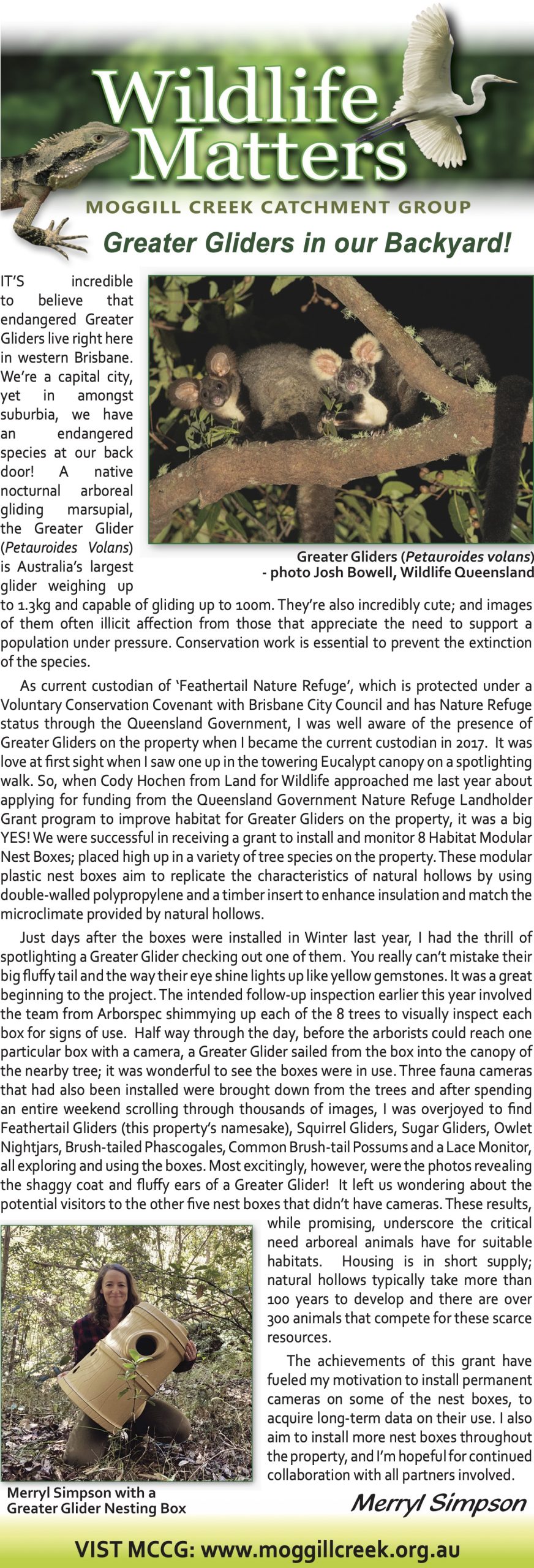
Wildlife Matters is published in: 

by mccgadmin

Wildlife Matters is published in: 
by mccgadmin
Annual Platypus Survey Result 2024
This year, 48 dedicated volunteers surveyed 34 sites across Moggill and Gold Creeks as part of the annual MCCG platypus survey. A total of 13 platypuses were sighted, with three sites recording two individuals each. Sightings were well distributed, spanning from Upper Brookfield to the Moggill Road Bridge. Although platypuses had been recently spotted in hotspot areas like Branton Street and Mumford Bridge, they managed to evade us on the morning of the survey.
Overall, the creek habitat appears healthy, though some areas are showing signs of low water levels, and sections that were once deep are becoming shallow due to sediment and gravel buildup. Shallow waters pose a concern for platypus movement, especially during breeding season to find friends, and it also makes them vulnerable to predators (like the fox spotted at Creekside Park which will be reported to the council). We’re collaborating with Brisbane City Council (BCC) to address these issues, focusing on creating deeper pools—either naturally, using log jams and large tree roots, or through dredging with input from experts such as hydrologists.
On a serious note, three funnel nets were recorded at Branton Street. Such nets are legal, and are commonly used for shrimping, but aquatic wildlife can easily become trapped and drown in such traps (as Wildlife Queensland has documented).
Thank you to the volunteers who joined bright and early to help gain valuable data, to the Team Leaders, and to Bridget and Helen for coming to support the breakfast. See you all next year for the 20th Anniversary MCCG Survey!
Dr Tamielle Brunt
Photos from this years Platypus survey from Cheryl Turner
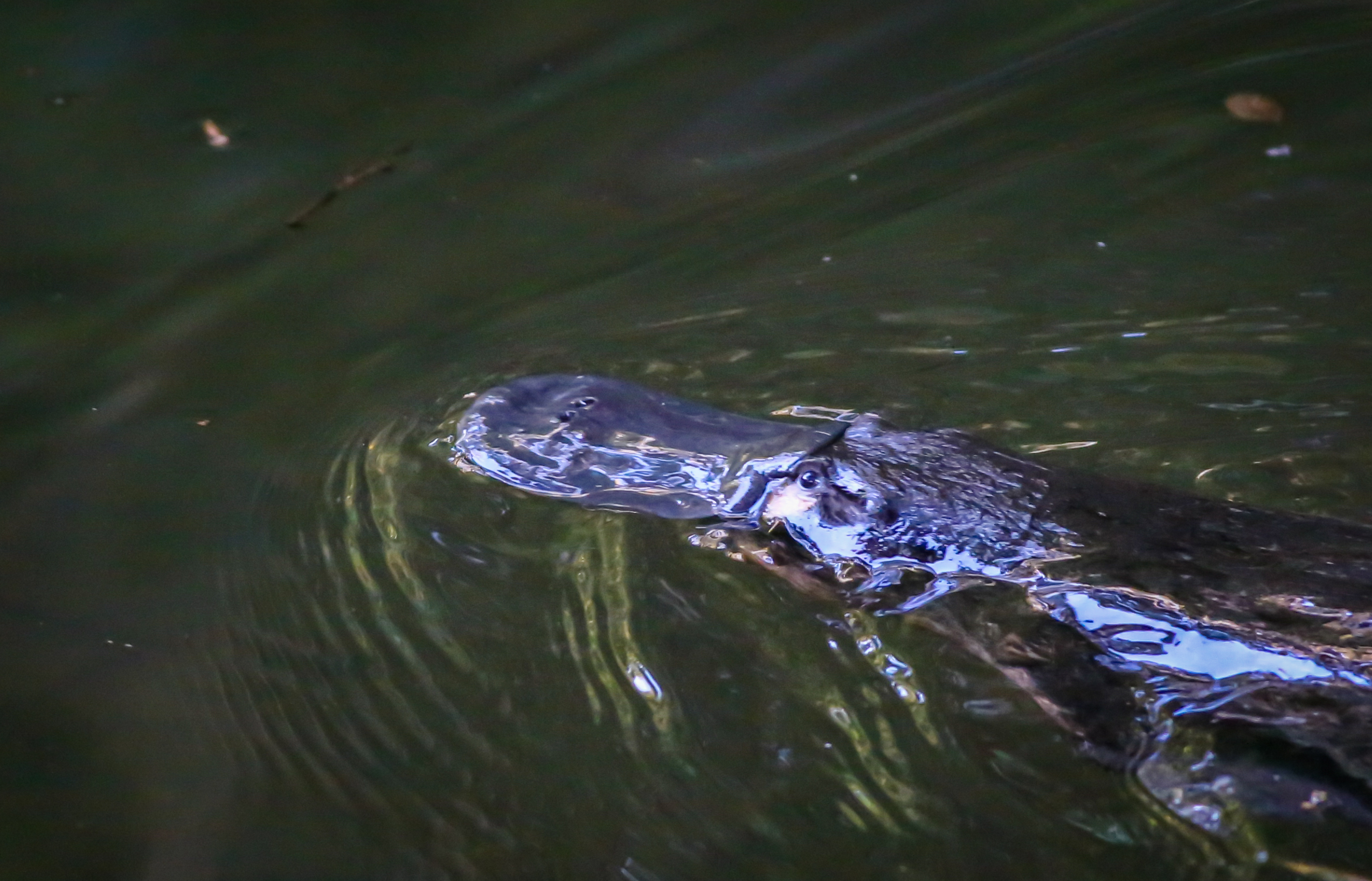
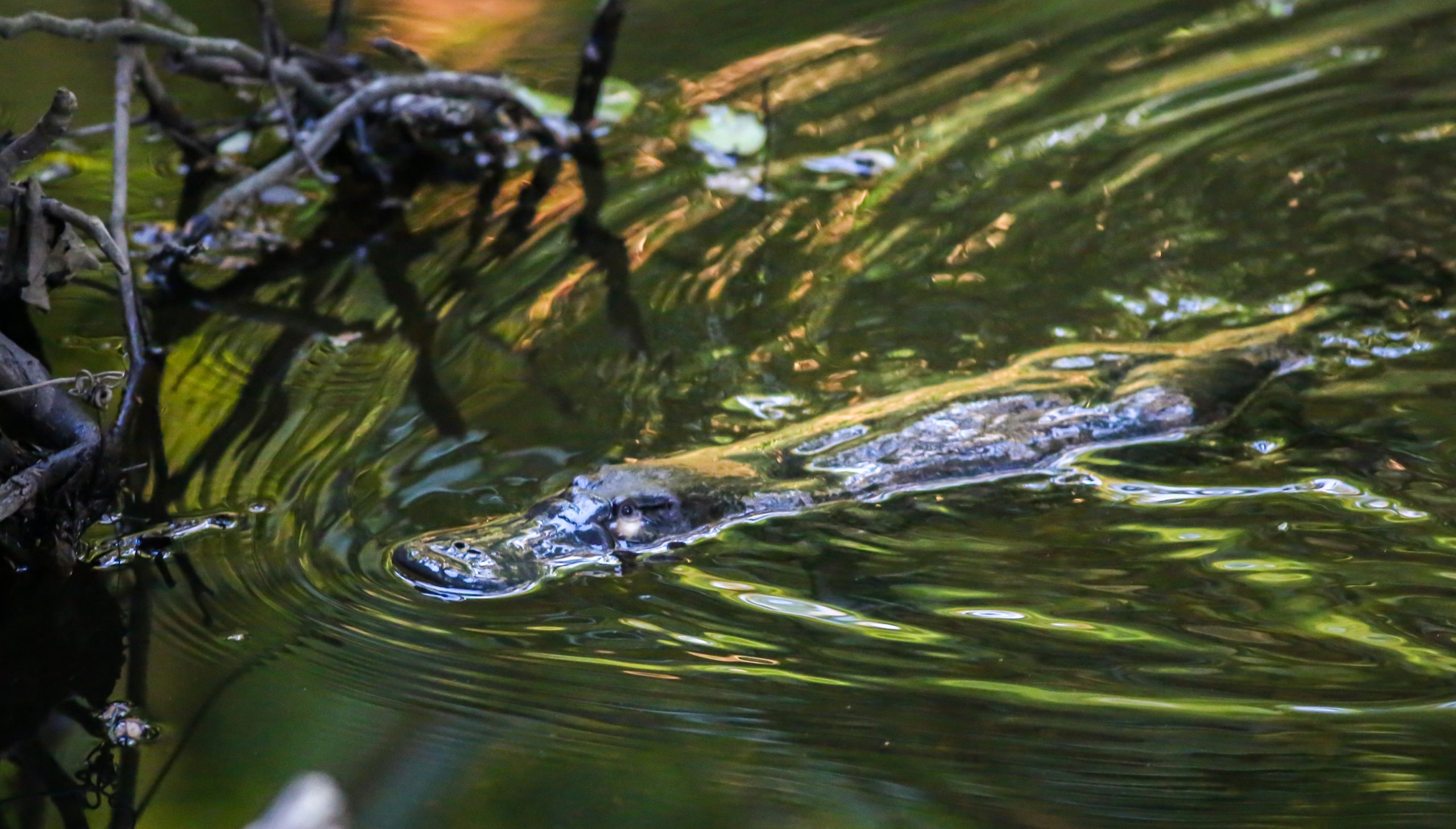
BCC is supporting a number of free ‘Platypus Watch Walk & Talk’ events, where PlatypusWatch Project Officer Dr Tamielle Brunt will talk about this amazing animal as well as the research happening in Brisbane. As you walk through known platypus habitat, Tamielle will talk about what keeps them happy in the waterways, local conservation efforts and how you can get involved with the ACF Platy-Project monitoring program.
Members may be particularly interested on the PlatyMonth walk on Friday, 27th September (4-6pm) which takes place at Gold Creek Reservoir, 660 Gold Creek Road Brookfield.
To register for this free event, book via Eventbrite. The organisers highlight that there is no guarantee that platypuses will be present during the guided walk.
Tamielle also reminds us all, ‘Citizen science is a vital tool in monitoring wildlife populations, and as many of you know, it’s PlatyMonth! You can contribute by recording your sightings with the ACF Platy-Project.
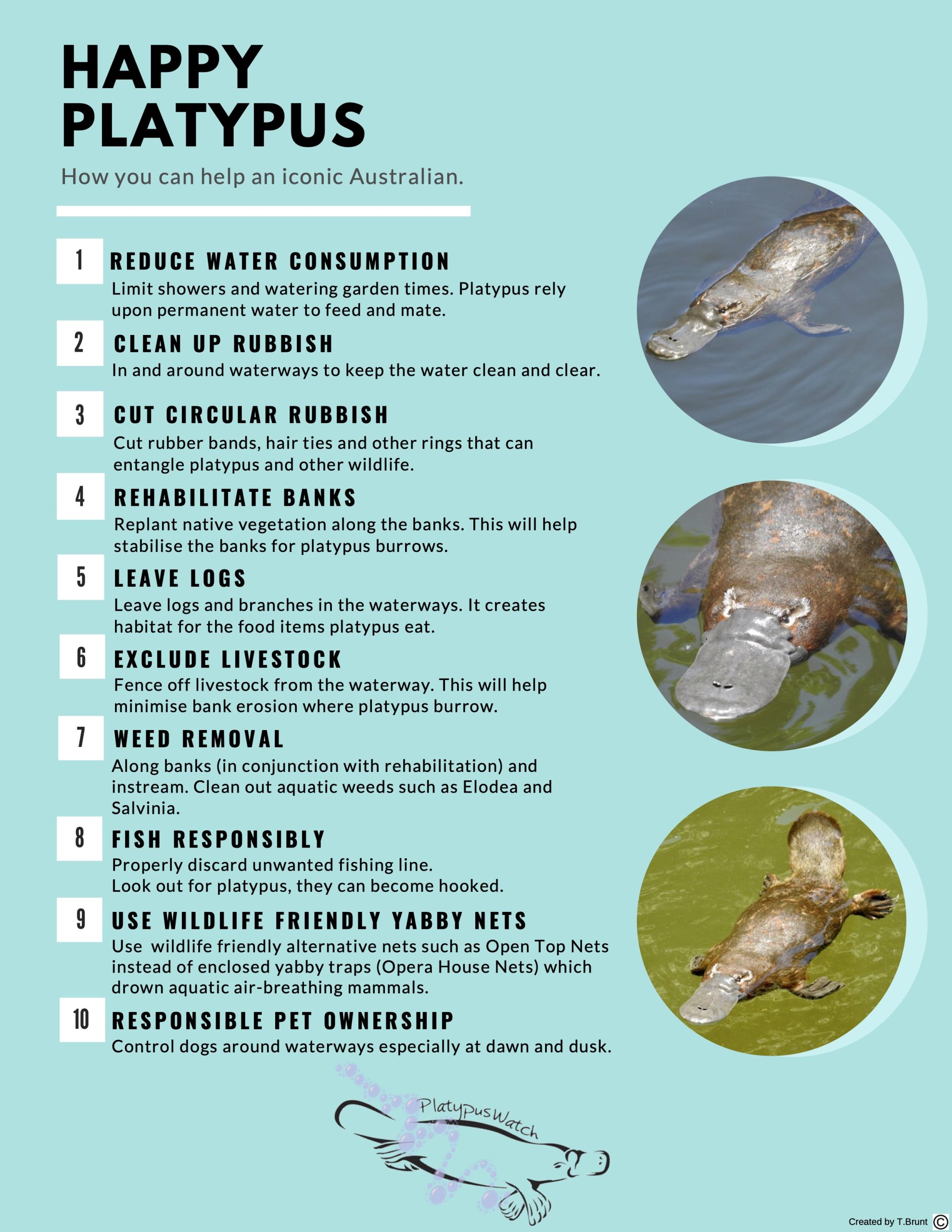
For more information about Platypus and how to look out for and care for them click on the link for the Platypus brochure from Wildlife Queensland
by mccgadmin
Another wonderful edition of the MCCG quarterly newsletter is out now. Sit back relax and enjoy some time reading about what’s happening, what’s happened and how you can be a part of our fabulous local catchment group.
Here are some of the headlines in this newsletter …
Chairperson’s Report
MCCG Photography Competition
Backyard Diversity: MCCG Talk (not to be missed!!)
2024 MCCG Platypus Survey
UNSW MCCG Platypus Research
Free PlatyMonth Walks
Seeds: Hairy Birds Eye
Weeds: Yellow Bells
Remembering Jenny Hacker

Photo: Cheryl Turner platypus 2024
With much thanks and appreciation to Cathi our newsletter editor for all your efforts in putting this newsletter together, and huge thanks to all the contributors!
by mccgadmin
Speaker & Topic:
Dr Matthew Holden from University of Queensland, talking about his backyard biodiversity survey that stemmed from three biologist flatmates stuck in a Brisbane sharehouse in 2020. They put their lockdown time to good use, producing a landmark paper on Brisbane backyard biodiversity. This has had quite a bit of publicity via ABC News online, and is a talk not to be missed.
Please join us for our quarterly talk
Kenmore Library (access via lift)
Time: 6:30pm arrival for, 7:00 pm start (~9:00 pm finish)
Refreshments provided
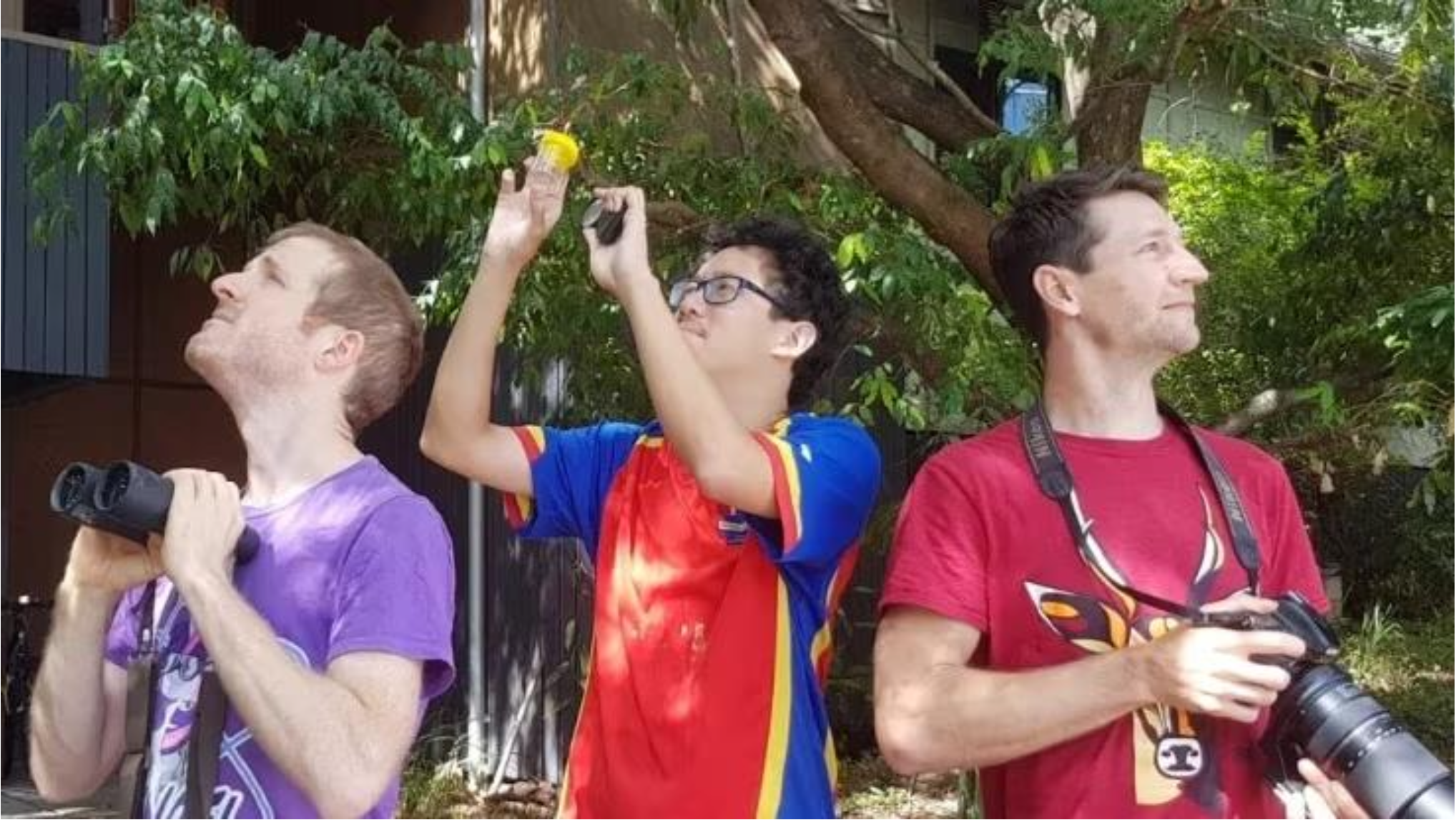
Photo: Matt Holden, Russell Yong and Andrew Rogers at their study site/ their house during lockdown (UQ image)
In person – After Hours Library Meeting Room Access Instructions:
Kenmore Library, 9 Brookfield Rd, Kenmore QLD 4069
The after hours lift access will be activated manually by Committee prior to the meeting.
Use the lift on the ground floor to come up the Library level.
Meeting Rooms are down the hall (left from the main library glass doors)
by mccgadmin
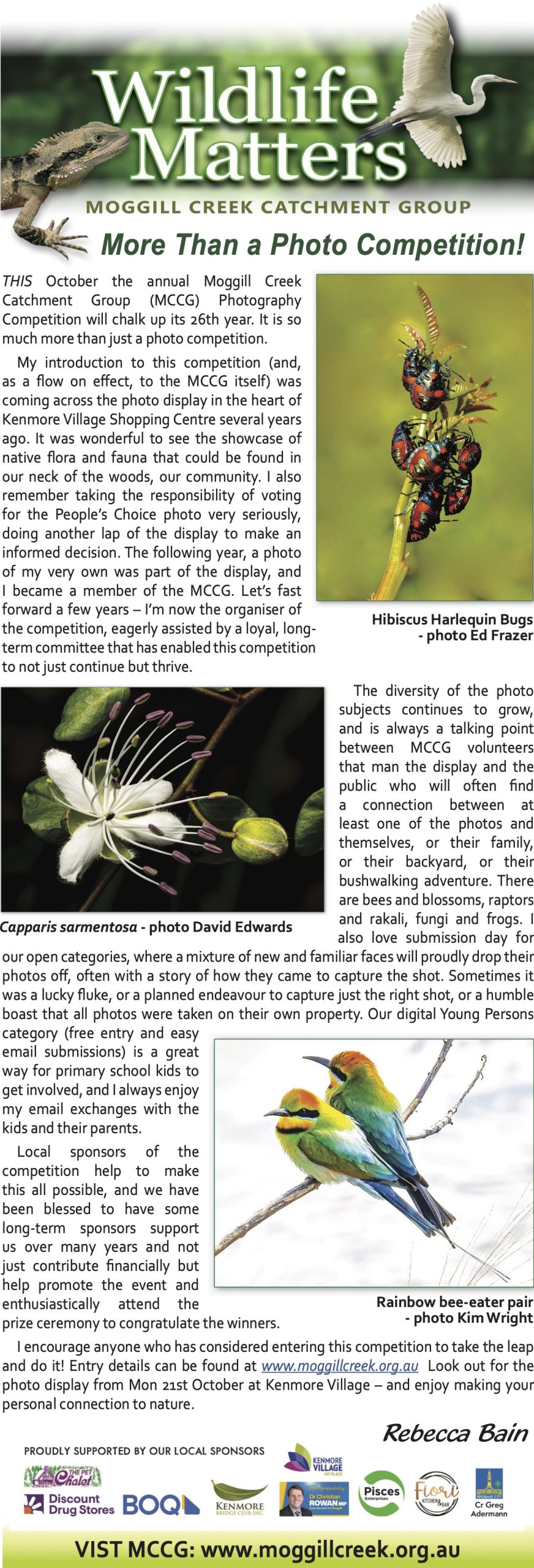
Be inspired by previous winners and download your entry forms from the Photo Competition page
Wildlife Matters is published in: 
by mccgadmin
Join in the Great Southern Bioblitz 2024: Gold Creek Dam
Sunday September 22
Reserve your spot through Eventbrite
Waterway Health Survey & Bioblitz
Join us for an engaging morning of exploration as we dive into the vibrant world of biodiversity through Citizen Science! Set against the stunning backdrop of Upper Moggill Creek, this event offers an enriching experience for nature enthusiasts of all levels.
What to Expect:
🌿 Waterway Health Survey: Become a citizen scientist for the day and help safeguard our waterways. You’ll assess the health of the local ecosystem, measure water quality, and identify aquatic life.
📸 Great Southern Bioblitz: Channel your inner naturalist during the Great Southern Bioblitz on iNaturalist. Capture the beauty of local flora and fauna, contributing valuable data to enhance our understanding of regional biodiversity.
📱 Tech-Savvy Participation: Bring your smartphone or camera to document your findings and upload them to iNaturalist in real-time. This isn’t just an event—it’s a collaborative scientific mission!
🍕 Refreshments Provided
Who Can Attend:
Open to individuals with a reasonable level of fitness
Young Citizen Scientists aged 10 to 15 are welcome when accompanied by an adult guardian.
What to Wear & Bring:
Dress in suitable outdoor clothing for the weather conditions.
Wear enclosed shoes that you don’t mind getting wet.
Don’t forget your hat, sunglasses, and a reusable water bottle.
A sense of wonder and curiosity
Additional Information:
Stay updated: Check your emails leading up to the event for important updates and the meeting point location.
For inquiries, email us at [email protected].
There is limited reception at site, email or landline @MCCG Cottage on 33744240 are the best forms of communication on event day.
Registration is FREE, but space is limited. Reserve your spot today and join this exciting Citizen Science adventure
Let’s make a positive impact on our environment together. See you there!
The ‘Great Southern BioBlitz’, or ‘GSB’ for short, is an international period of intense biological surveying in an attempt to record all the living species within several designated areas across the Southern Hemisphere in Spring.
The purpose of this event is to highlight both the immense biodiversity spread across the Southern Hemisphere in the flourishing springtime and engage the public in science and nature learning using the citizen science platform iNaturalist.
Supporters
The Creek Health Monitoring Project is a Citizen Science initiative led by the Moggill Creek Catchment Group. This project is proudly supported by the Queensland Government through the Queensland Citizen Science Grants, Brisbane City Council, and sponsorship from Brisbane Airport Corporation.
If you have any questions relating to the event, please email [email protected]




by mccgadmin
by mccgadmin
The annual MCCG Platypus Survey is Sunday 8th September starting 4:30AM – 9AM. Set your alarm for this one!
Registrations essential. Use this link for registration and additional information
Will you spot one of the fascinating monotremes in our catchment?
Volunteers also needed …
Three options:
1. General platypus spotting – see details above.
2. Team leaders – 2 required please. This is an essential role to supporting the platypus survey leader with assisting allocated teams to locate their sites. This requires an hour of your time prior to the survey day to view the sites with the platypus survey leader, and then leading teams to those sites on the morning of the survey. You may also wish to have a site allocated for spotting platypus yourself as well. Please ensure you are registered for the survey, as per the link above AND also email [email protected] to volunteer as a team leader.
3. Catering helpers 2-3 people Approx. 3 hours volunteer time on the morning of the survey and buying breakfast items the day before the event.
We are looking for volunteers to help organise breakfast for the MCCG platypus survey. It is a continental style breakfast with pre-purchase of items the previous day and setup of food outside the Cottage, Gold Creek Reservoir on the morning of the survey. Breakfast will be served from 7:30am for volunteers. Support will be provided re recommended items etc.
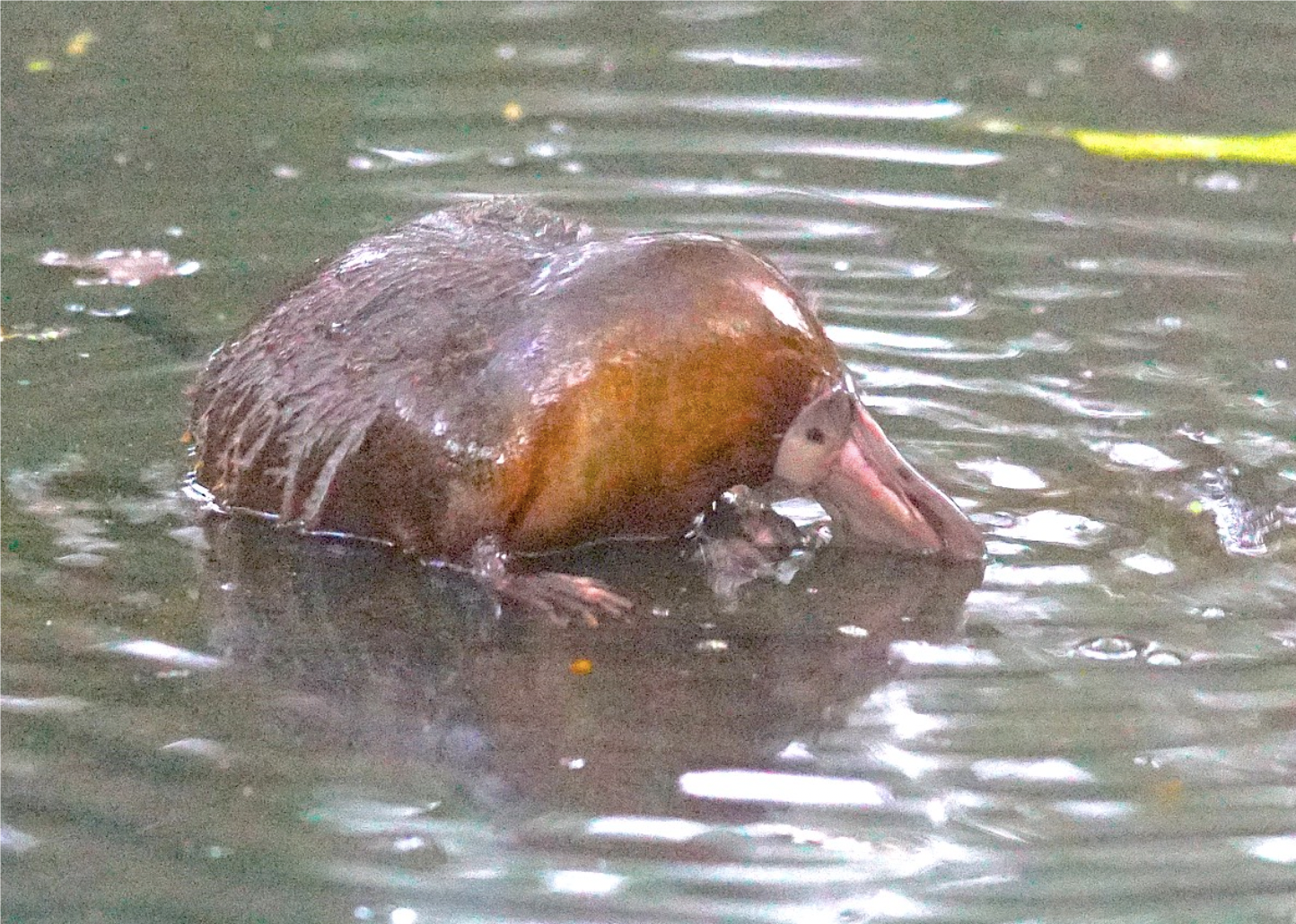
Platypus having a scratch. Platypus vary in colour but most have lighter colour underneath. Photo: Ed Frazer
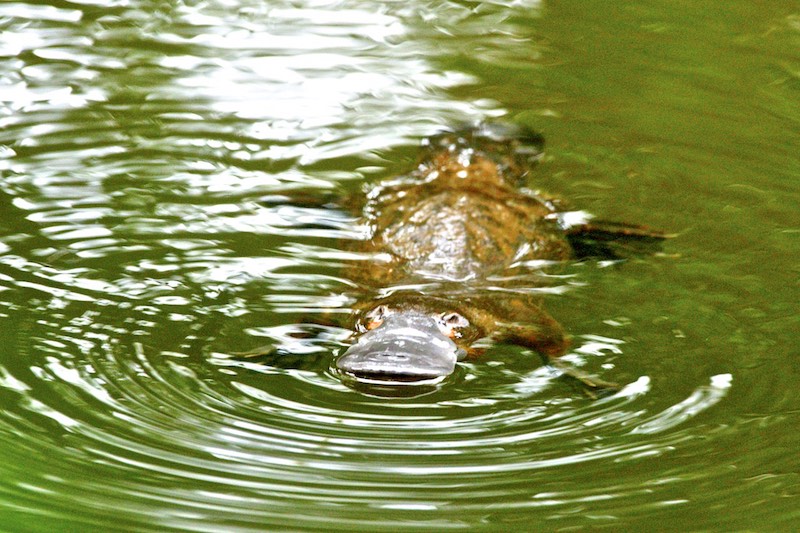
Photo: Ed Frazer
by mccgadmin
CLICK! CLICK! CLICK!
Entry forms can be downloaded now on the photo competition page.
See the flyer below for all the key dates, categories and prizes!
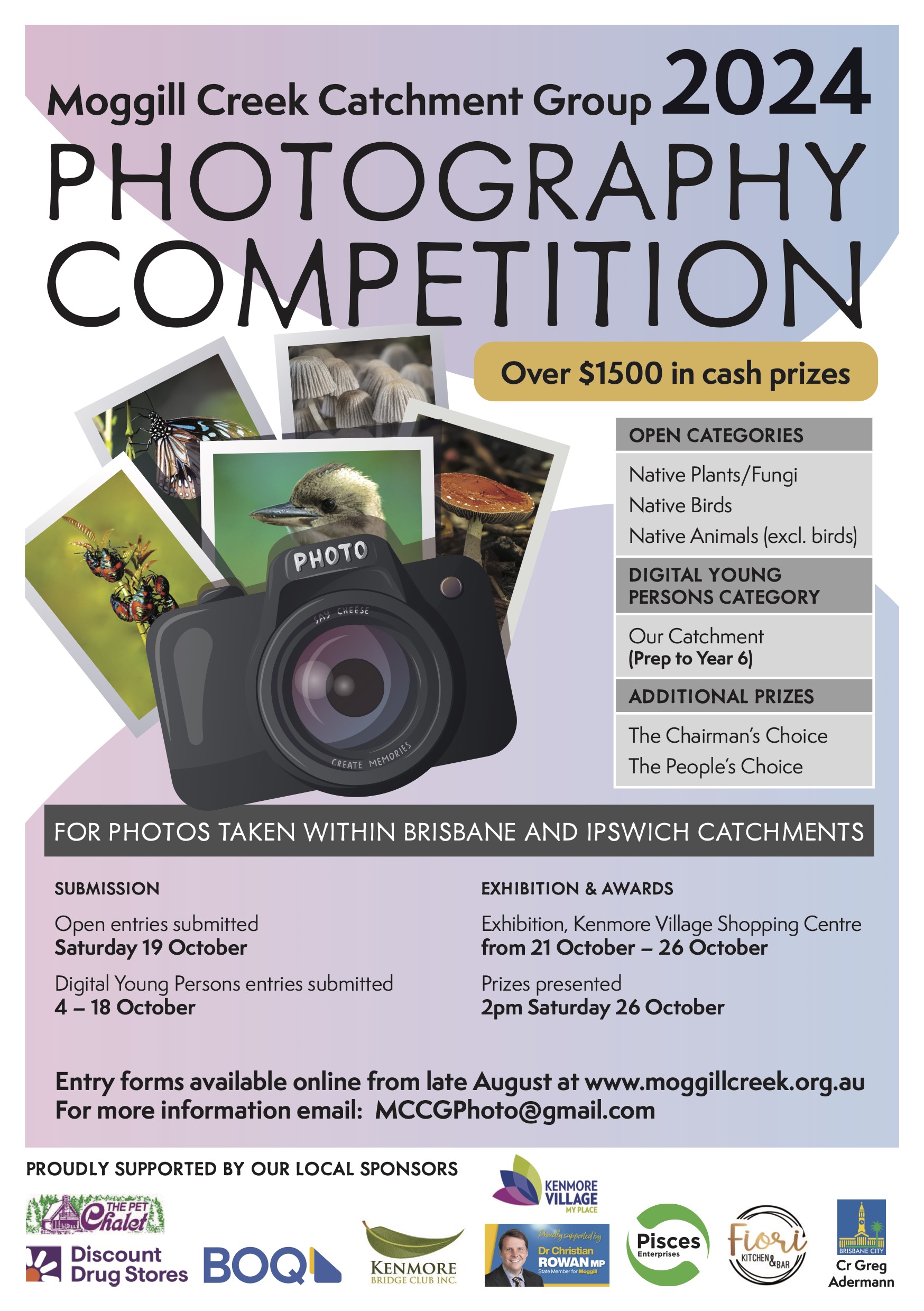
by mccgadmin
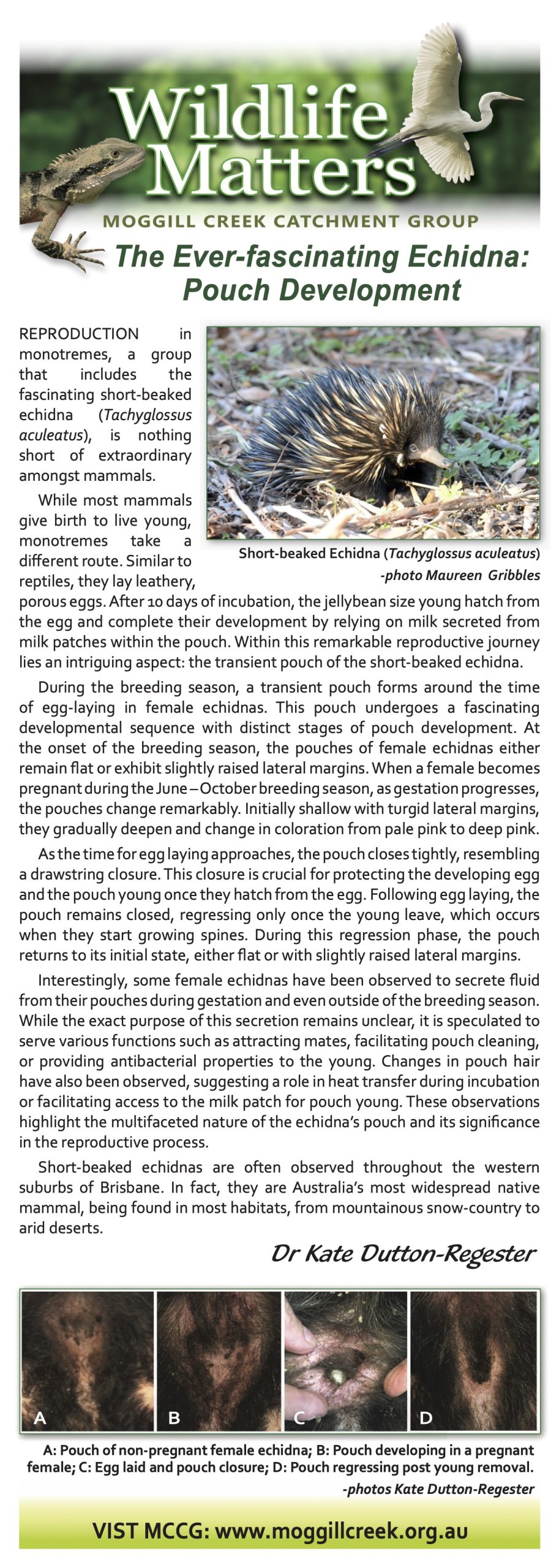
Wildlife Matters is published in: 
